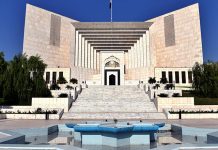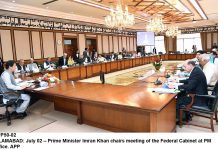مضمون کا ماخذ : گرم گرم
متعلقہ مضامین
-
King Charles grieves Pakistan flood losses
-
Two separate firs registered over attack on AC Kurram, police
-
Zaka becomes Pakistan’s first PMI-CP certified construction professional
-
لکی راٹ آفیشل گیم پلیٹ فارم ویب سائٹ آن لائن گیمنگ کا مثالی مرکز
-
US drone attack violation of Pakistan’s sovereignty: Asif
-
Monitoring of carbon emissions in federal capital to start soon
-
Gem Savior APP گیمنگ پلیٹ فارم
-
فروٹ کینڈی آفیشل گیم پلیٹ فارم ڈاؤن لوڈ کی مکمل گائیڈ
-
T1 الیکٹرانک آفیشل گیم پلیٹ فارم ویب سائٹ کی خصوصیات اور فوائد
-
پانچ نمبر اونچے اور نیچے ایپ ڈاؤن لوڈ پورٹل
-
پانچ نمبر اونچی اور نیچی ایپس ڈاؤن لوڈ پورٹلز
-
BSP کارڈ گیم ایپ: تفریح اور کھیل کی بہترین ویب سائٹ





.jpg)





